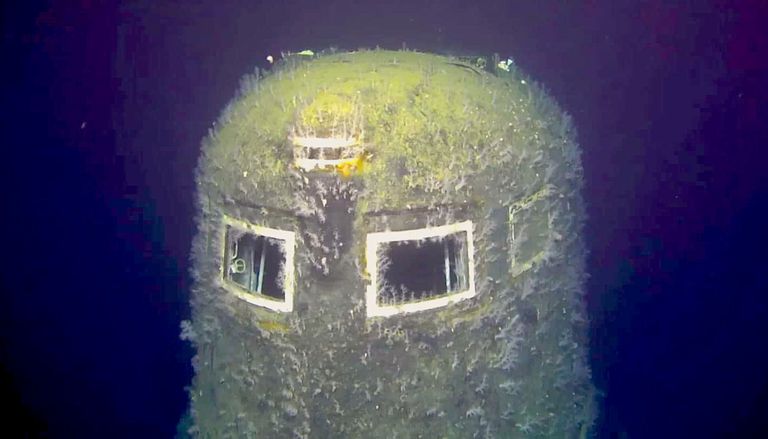The Sunken Soviet Submarine That’s Leaking Vast Quantities Of Deadly Waste
It’s April 1989, and the state-of-the-art Soviet nuclear sub Komsomolets has been carrying out her duties underwater for more than a month. Currently, she’s cruising at a depth of 1,250 feet in the Barents Sea, some 200 miles north of Norway. But all is far from well. The events that unfold on that spring day will leave a terrifying legacy of highly toxic radioactive material on the seabed.
The city surrounded by seas
The Komsomolets — which translates as “member of the Young Communist League” — was built in a shipyard in Severodvinsk and made her maiden voyage in 1983. Severodvinsk is an expansive city in northwestern Russia. As for its precise location, the industrial sprawl is positioned on the White Sea, which borders the Barents Sea and the Norwegian Sea. And because of its prominence in the naval shipbuilding industry — to this day, Severodvinsk remains largely closed to foreigners.
The arms race rumbles on
So the Komsomolets construction was complete and the vessel ready to launch, but there was just one problem — the Cold War was still being waged. This bitter rivalry between the communist Soviet Union and its supporters and a cadre of Western powers led by the U.S. had, by that point, been rumbling on for almost four decades. And the Komsomolets was an integral part of the arms race that the two blocs pursued.
Ready for combat
The Komsomolets was a Project 685 Plavnik submarine — the only one of her type ever to be built. She had initially been designed as a prototype vessel for a new generation of Soviet nuclear subs, and when completed, she was fully equipped and ready for active cruising and combat. But even with her state-of-the-art technology and careful craftsmanship, the sub's fate was already sealed.
Carrying a deadly cargo
And on April 7, 1989 — the day the Komsomolets sank to the bottom of the Barents Sea — the submarine had two nuclear weapons aboard containing deadly plutonium. On top of that, there was also the nuclear reactor that powered the vessel. This means, of course, that all of her lethal cargo was on board when she went down. So it’s little wonder that experts have dreaded potential leakages of the wreck's deadly load ever since the sinking.
